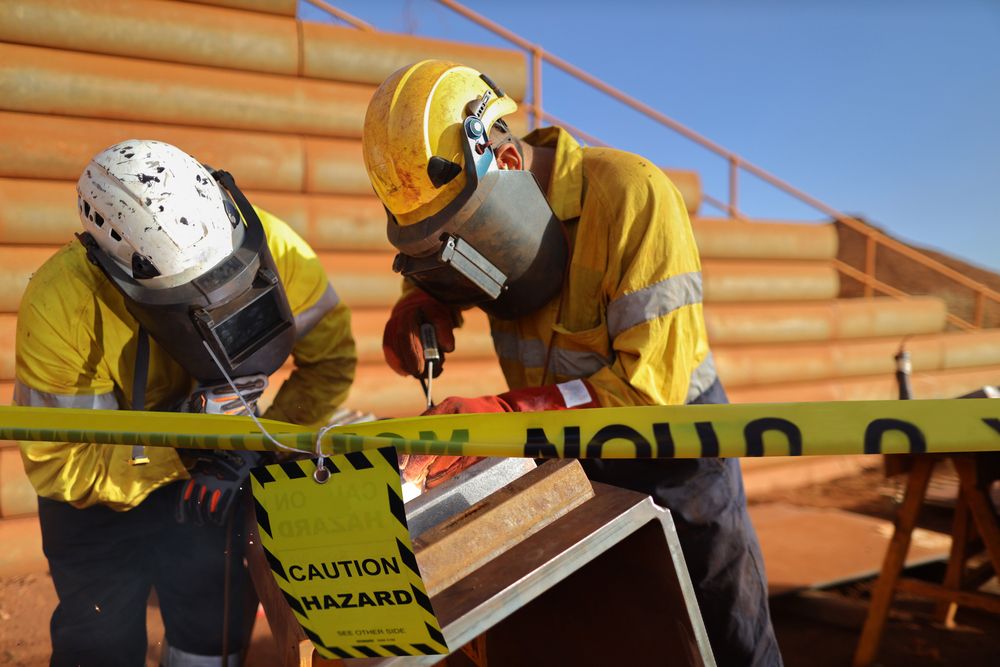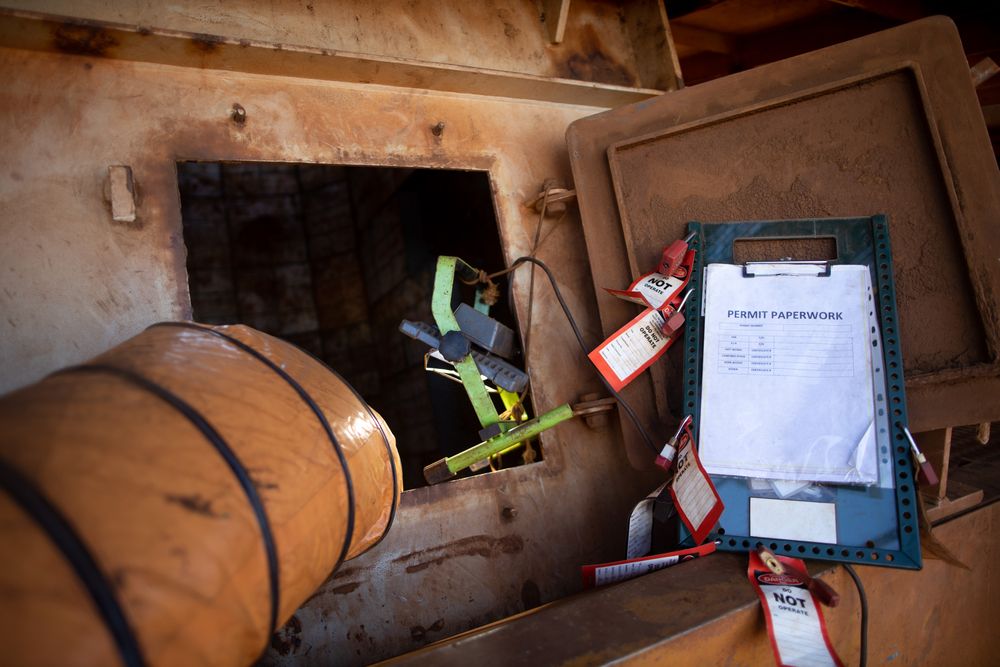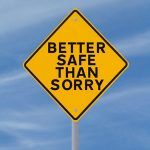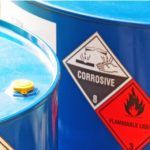
What Types of Hazards Could be Lurking in Your Workplace?
 Workplace hazards are in every industry.
Workplace hazards are in every industry.
From the construction site, to hospitals to regular office cubicles, there is always a hazard attached to any given job.
Some safety hazards are unique to industries and may not pose an immediate risk, while others must be dealt with ASAP.
It is vital for every employer to initiate mitigating measures against the hazards that could be lurking in your workplace.
Types of Hazards in the Workplace
Workers across industries have to deal with hazards unique to their industry on an ongoing basis.
Generally, one or more of six (6) workplace hazards in Ontario lurk around job sites and locations where employees carry out their daily duties.
Let’s explore these workplace hazards.
Biological Hazards
Employees in the medical, manufacturing, construction and other industries are at greater risk of exposure to biological hazards.
Biological hazards include, but are not restricted to the following:
- Exposure to dangerous biological material (biological waste, asbestos and many other bio-hazards)
- Diseases contracted from working with animals, infected people or plants
Biohazards could cause long-term health problems for workers exposed to such material.

Physical Hazards in the Workplace
Loud noises, UV radiation, harsh sun rays, etc. are rated as physical hazards and often affect workers outdoors.
Workers in manufacturing, mining, and construction are more likely to experience hearing problems from constant exposure to loud noises.
These are just a few examples of physical workplace hazards.
Workplace Safety Hazards
Workers operating large machinery or working in construction sites or at heights are prone to safety hazards.
Dangerous equipment, slips, falls and electrocution are some of the many potential safety hazards in your workplace.
Workload Hazards
Hazards that cause significant strain to employees physical and mental wellbeing are rated as workload hazards.
Other workload hazards like supervisor exploitation or harassment could affect employees.
Ergonomic Hazards in the Workplace
 Employees that experience significant strain to their bodies at work are affected by ergonomic hazards.
Employees that experience significant strain to their bodies at work are affected by ergonomic hazards.
Extensive standing or sitting at work are also rated as ergonomic hazards.
Workers who have to lift heavy items at work also come in contact with ergonomic hazards.
Workplace Chemical Hazards
Workers that have to carry out their duties with dangerous flammable liquids and solvents are open to chemical hazards.
Chemical substances can cause sustained illness or death in extreme cases.
Mitigating Hazards in the Workplace – What Can Employers Do?
Risk assessments/employee training
When it comes to hazard mitigation, assessment of risks and employee training are inseparable.
Employers need to appoint a trained in-house safety team and/or outside safety consultant to run risk assessments such hazards pose.
Workplace hazards are likely to be industry-specific, so running a risk assessment helps provide a training scheme for employees.
The right training makes working with hazardous material or in harmful conditions safer for workers.
 Signage placement
Signage placement
The right placement of warning signs could make a massive difference and prevent hazard-related accidents altogether.
If the workplace hazard cannot be addressed with other steps, proper signage proves effective.
Proper lighting
Hazard-related injuries could be averted with proper illumination of potentially harmful environments.
Lighting hazard-laden areas properly gives employees and guests better visibility to navigate them.
Differences in flooring, slip-prone areas, and other hazards will be easy to spot with adequate lighting.
Advanced Consulting & Training – Trust Us for Professional Safety Solutions to Mitigate Hazards in Ontario Workplaces
Professional training from a reputable health and safety company like ACT is the only way to eliminate workplace hazards.
With professional help from ACT, employers can reduce or eliminate the risk of injuries from contact with workplace hazards.
Contact us today for training on how to mitigate or eliminate hazards in your workplace the professional way.




